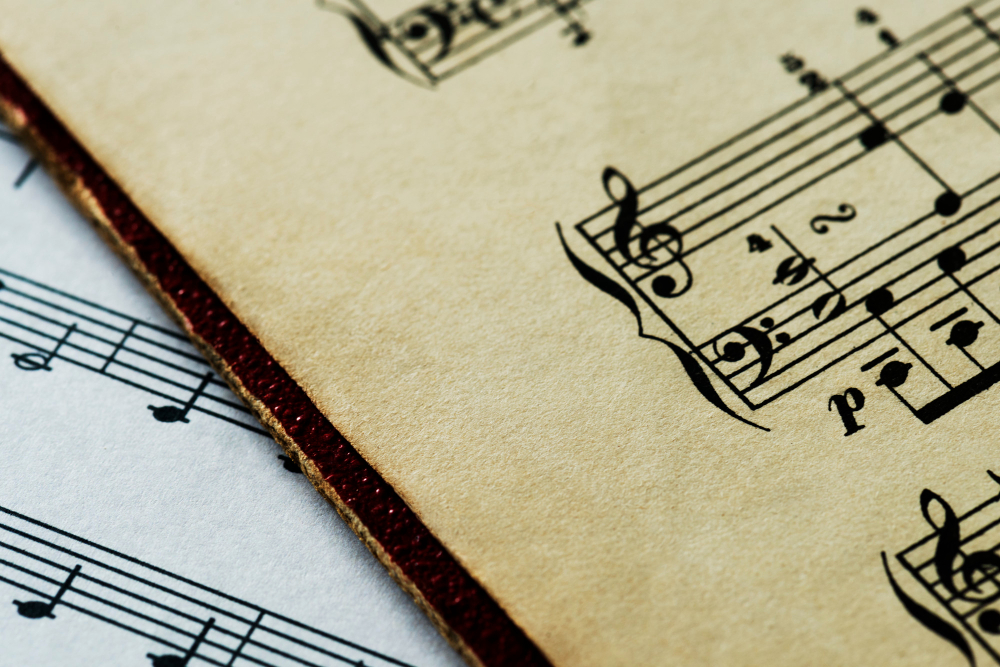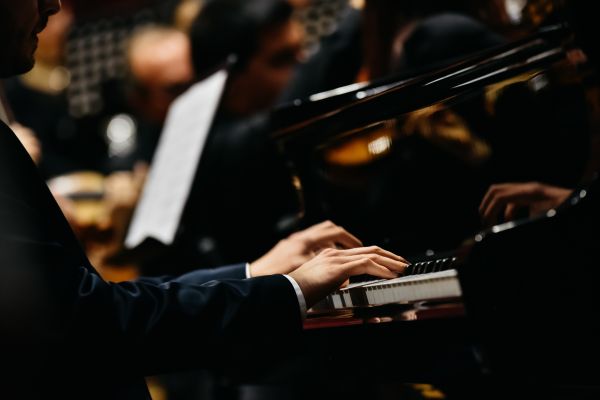Classical music broad term used to describe the standard music produced by Western culture from the Middle Ages till present date. It is composed by musicians who are trained in the art of composing and music notation so that other musicians can play it. This article briefly touches upon the key characteristics, popular music forms and noteworthy composers of each classical music period.
The Middle Ages
The beginning of western classical music is considered to have started with chats sung by monks, nuns, and clerics in churches. These chants (also known as Gregorian chants) were monophonic in nature, i.e. it consisted of a single melody line without any accompaniment. Polyphonic music (music with more than one melody line at the same time) only appeared during the late middle ages – between 11th-13th centuries. Secular (non-religious) music was also composed with themes revolving round chivalry and love.
Popular music forms: Gregorian chants, organum, motets
Noteworthy composers: Perotin, Guillaume de Machaut
Douce dame Joulie by Guillaume de Machaut
The Renaissance (1430-1600)
This period was characterised by greater use of instruments, harmony and polyphony. There was more variety in terms of music texture. This was also the period where music notation or writing began to take shape. Music having a definitive tonal centre or key (which is a characteristic of most modern music) was seen towards late Renaissance.
Popular music forms: acapella masses, motets, madrigals and instrument specific music especially keyboard
Noteworthy composers: Josquin Desperez, Orlando di Lasso, Giovanni Pierluigi da Palestrina, English madrigalists
Magnificat Primi Toni by Giovanni Pierluigi da Palestrina
The Baroque (1600-1750)
The key foundations of modern music were laid during the Baroque period. There was a decline in choral music and the idea of the modern orchestra, opera and other instrument specific forms were born during this period. The was more colour and variety in music compared the Renaissance period. Music was also being performed more on a domestic level especially in rich houses.
Popular music forms: cantata, oratorio, opera, instrument specific music forms for keyboard and string instruments (prelude, fugue, concerto, aria, sonata)
Noteworthy composers: Claudio Monteverdi, Antonio Vivaldi, Johann Sebastian Bach, Domenico Scarlatti, George Frideric Handel
Badinerie from Suite. No 2 by Johann Sebastian Bach
The Classical Period (1750-1825)
This period was characterised with development and establishment of many modern musical forms and the structure of music was given a lot of importance. This is also the period when the piano became the most predominant keyboard instrument. Two of the greatest composers – Mozart and Beethoven, whose names would be familiar even to non-musicians all around the world today were from this period.
Popular music forms: sonata, symphony, concerto, trio, quartet, opera
Noteworthy composers: Franz Joseph Haydn, Wolfgang Amadeus Mozart, Ludwig van Beethoven
Piano Sonata No. 11 in A Major by Wolfgang Amadeus Mozart
The Romantic Period (1825-1900)
The music of Romantic period saw a strong association with individual and emotional expression often focusing on a narrative rather than its form. This period saw the rise of many virtuosic composers who often wrote challenging compositions and performed these for an audience.
Popular music forms: symphony, opera, etude, prelude, impromptu
Noteworthy composers: Gioacchino Rossini, Franz Schubert, Felix Mendelssohn, Hector Berlioz, Robert Schumann, Frederic Chopin, Franz Liszt, Richard Wagner, Guideppe Verdi, Johannes Brahms, Antonin Dvorak, Modest Musorgsky, Peter Ilyich Tchaikovsky, Richard Strauss, Gustav Mahler.
La Campanella by Franz Liszt
The Twentieth Century
This period was marked with composers breaking away from the established practices of tonality, melody, instrumentation, and structure. Impressionism (music focused on creating or conveying an atmosphere/mood) and expressionism (music focused on creating or conveying strong emotions) were two movements that arose as a result. This period gave rise to many musical styles like minimalism, microtonal music, atonal music, nationalism, and experimental music.
Popular music forms: symphony, concerto
Noteworthy composers: Claude Debussy, Jean Sibelius, Maurice Ravel, Charles Ives, Arnold Schoenberg, Igor Stravinsky, Bela Bartok, Alban Berg, Aton Webern, Paul Hindemith, Sergei Prokofiev, Aaron Copland, Dimitry Shostakovich, Benjamin Britten.
Sacrificial Dance from The Rite of Spring by Igor Stravinsky



